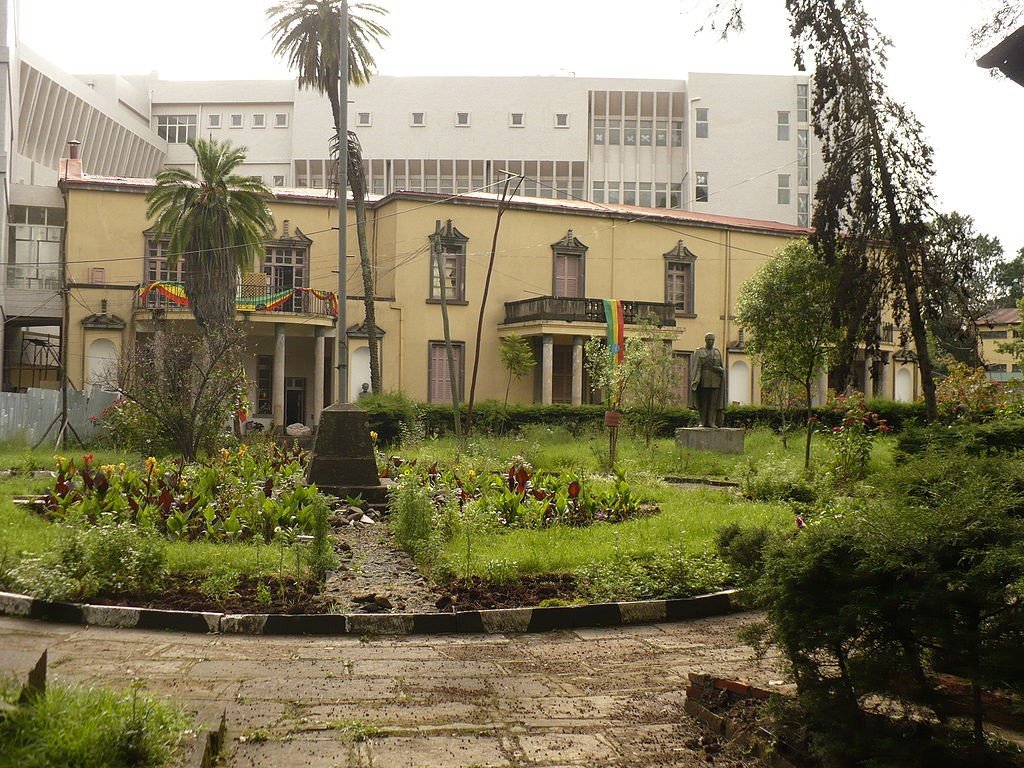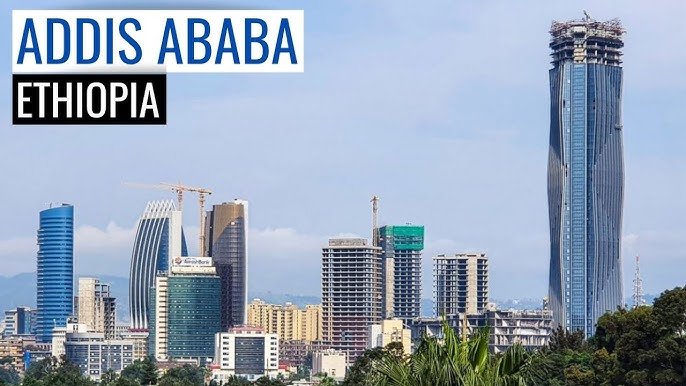With its location in the Horn of Africa, Ethiopia can be an ideal choice if you want to plan a trip and want to experience something different and culturally interesting. It has become one of the most sought-after tourism destinations in Africa, growing popular quickly.
One of the tallest capital cities in the world, Addis Ababa is the capital of Ethiopia and is situated at a height of 2335 meters above sea level.
Ethiopia’s Addis Ababa is renowned for the National Museum, which is home to “Lucy,” a 2.3 million-year-old hominid, and several aesthetically pleasing orthodox churches. Also, there are traditional markets, such as Merkato, where you can shop for outstanding Ethiopian coffee and spices.
With Ethiopian Airlines offering regular flights to Addis Ababa from most major cities, it is easy to plan your trip by booking your flight on a reliable travel website for the lowest fare. Some ideal things to do in Addis Ababa on your arrival there are:
- National Museum of Ethiopia

Image Resource: en.wikipedia.org
The National Museum of Ethiopia is a storehouse of Ethiopia’s cultural, historical, and archaeological treasures, located close to the graduate school of Addis Ababa University. The museum is known for its significant paleoanthropological displays. The museum came into being when the idea was first conceived in 1936 with the exhibition of ceremonial costumes from the Solomonic dynasty.
It is well-known for its archaeological discoveries, especially “Lucy,” an incomplete Australopithecus afarensis skeleton and other early hominid fossils. Another one is “Selam,” an ancient fossil that dates to approximately 3.3 million years.
Artworks and relics from antiquity to the modern era are housed on the first and second levels, while the basement features palaeoanthropology and archaeology displays. The ethnographic exhibits on the third floor provide a broad picture of Ethiopians’ rich and diverse cultural heritage.
- Holy Trinity Cathedral
Constructed to honour Ethiopia’s freedom from Italian occupation, the Holy Trinity Cathedral belongs to Oriental Orthodox Christianity. The second-last reigning monarch of Ethiopia, Emperor Haile Selassie, and his wife, Empress Menen Asfaw, are buried in this magnificent, opulent structure in the cathedral’s north transept.
This intriguing location’s façade features a sizable copper dome, pinnacles, a plethora of statues, and an amazing colourful fusion of international styles that depict a wide range of historical events from Ethiopia. However, with its magnificent large murals—the most significant of which is Afewerk Tekle’s portrayal of the Holy Trinity—the inside is even more exquisite than the exterior.
- Addis Mercato

Image Resource: en.wikipedia.org
An open-air market that stretches more than a kilometre, Addis Mercato is considered the largest open-air market in Africa. If you enjoy learning about local culture and people while in town, you should visit this place. The market is well-known for traditional Ethiopian apparel, souvenirs, religious items, coffee beans, spices, and associated supplies.
- Meskel Square
The main public gathering square at the heart of the city, Meskel Square is designed to resemble a massive amphitheatre. The Meskel Festival, which gives the area its name, is the most prominent place for holding many public gatherings, protests, and festivals. You can find a memorial museum honouring Qey Shibir and a monument to the Red Terror Martyrs located at the end of Meskel Square.
- Entoto Hill
Being the tallest mountain, Mount Entoto offers a perfect view of the capital. According to legend, Addis Ababa was chosen to become the nation’s capital when Emperor Menelik II and his wife, Empress Taitu, first saw it. Many people in the area regard the mountain as sacred, which provides an amazing perspective of the capital city tucked away on its slopes.
Nestled on its slopes, the mountain offers a breathtaking view of the city, which is revered by many locals.
- Ethnological Museum
Located on Addis Ababa University’s grounds, the historic palace of Haile Selassie serves as the home of the Ethnological Museum. The university administration’s offices and a library are also housed in the same building. Visitors are guided through the life cycles of Ethiopia’s many peoples and tribes after paying the entrance charge. This includes descriptions of marriage ceremonies, childhood games, living arrangements, and rites of passage.
The reconstructed bedrooms and toilets of Emperor Haile Selassie and Empress Menen can be reached via the passageways that pass by historical samples of Ethiopian currency. A different collection of objects significant to culture can be found upstairs. Two of the walls have several historical artworks on them.
- Ethiopian Coffee Ceremony

Image Resource: unsplash.com
Beyond just sipping coffee, the Ethiopian coffee ritual is a fascinating and ancient custom. The event honours Ethiopian hospitality, community, and culture and is soaked in history and significance.
Ethiopian culture is heavily reliant on coffee because of its long history of growing and consuming it. The coffee ceremony is a distinctive and immersive event, highlighting the value of creating social relationships through shared experiences and the country’s profound affection for coffee.

Daniel J. Morgan is the founder of Invidiata Magazine, a premier publication showcasing luxury living, arts, and culture. With a passion for excellence, Daniel has established the magazine as a beacon of sophistication and refinement, captivating discerning audiences worldwide.




